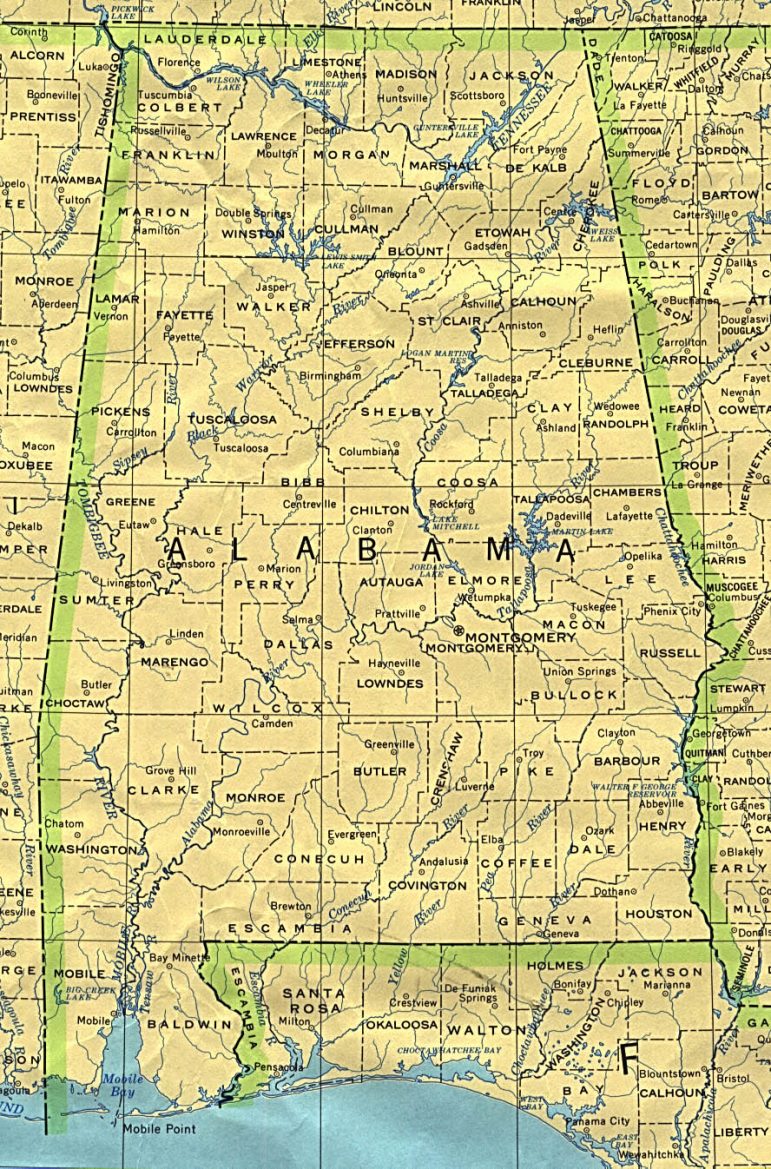Under the shade of a tent, Army Incinerator spokesperson Mike Abrams described what was happening on a closed circuit video monitor as an M-55 rocket, filled with a gallon of liquid nerve agent — Sarin — made its way down the conveyor belt.
‘What we see is the rocket at the punch station and the top hole about the size of your thumb is a vent. Underneath we will have 2 additional punches come up about the size of your little finger and that is where the agent is drained.’
Drained, but not burned. The Sarin is stored in a thousand gallon tank until the Army has collected a large enough amount to put through another furnace. Meanwhile, Abrams, who’s spent years getting ready for this day, is unable to mask his emotion.
‘This is quite exciting. Here we go! The fuse has just been cut off the end of the rocket, now we’ll see the rocket moved on that television monitor it will move from right to left and we will see a second cut momentarily.’
The rocket is cut into 8 pieces, and moved onto a conveyor belt into a furnace that burns at 1100 degrees.
‘That rocket is now history. This community is one rocket safer.’
There are tens of thousands more to go, but getting started has been the biggest battle in this community.
‘It’s a sad day.’
Rufus Kinney, spokesperson for Families Concerned about Nerve Gas Incineration stood alone by his car with a sign reading ‘Anniston is a human Sacrifice Zone.’ Kinney had fought to legally force the Army to adopt a newer weapons destruction technology here: Neutralization.
‘This community has a right to have that alternative considered for it, just as has happened already in Kentucky, and Colorado, and Maryland, and Indiana. All of which rejected incineration and are now perfectly
happy with neutralization: low temperature, low pressure and no emissions.’
Kinney also doesn’t think the community is prepared for an emergency. Local schools are still working on constructing over-pressurized rooms to be used as shelters. The Army has promised not to burn the liquid nerve agent during school hours, OR to transport weapons during school hours from outdoor igloos where they’re currently stored into the incinerator. Army officials have maintained all along that the weapons pose the greatest danger to the community not in an incinerator, but
sitting in their earthen bunkers. And many here believe them.
‘I’m happy that the beginning of the end has started.’
Keith Howland is one of the closest residents to the incinerator.
‘I mean I would have preferred that our public officials had the presence of mind to demand neutralization a decade ago, but right now if we waited for that, that means we would be held, our whole community would be held under this threat for another 4 to 6 years without any improvement in the probability of being injured.”
The Army estimates it will take 7 years to destroy the Anniston stockpile.

